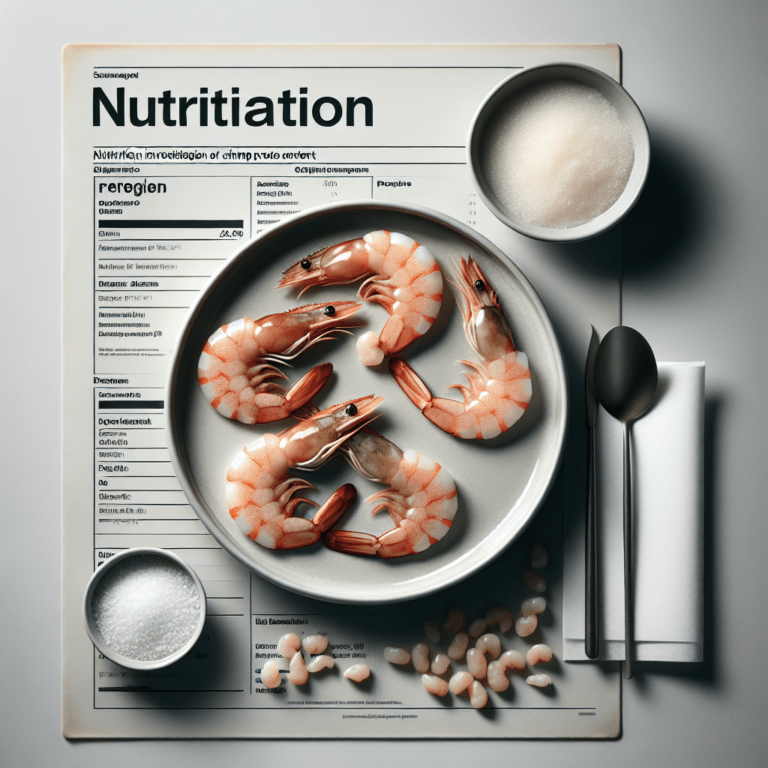10 Common Mistakes with Tabbouleh
During summer, having no-cook meal options is convenient. Avoiding the stove often leads to salads, but salads like tabbouleh are anything but boring. This tangy, fresh salad is a vibrant part of Levantine cuisine, served cold as a mezze or on its own. Despite its seemingly complex appearance, tabbouleh uses only a few ingredients: fresh parsley, tomatoes, and bulgur wheat, dressed with olive oil and lemon juice. While you can customize the ingredients, sticking to tradition often yields the best results. Here are common mistakes made with tabbouleh.
Using the Wrong Grain
A frequent mistake is substituting bulgur wheat with couscous or quinoa. While quinoa is a gluten-free alternative, bulgur provides the right texture for traditional tabbouleh. Couscous can become too soft. Bulgur is readily available in major grocery stores and is easy to prepare.
Choosing the Wrong Grain Size
Bulgur wheat comes in various sizes; for tabbouleh, select the smallest. The grains should absorb the dressing and add texture rather than dominate the salad. Middle Eastern stores often sell bulgur sizes ranging from one (very fine) to four (coarse). Soak fine grains and boil coarser ones as needed, always following package instructions.
Ignoring Parsley
Parsley is essential in tabbouleh, often referred to as a “parsley salad” in Middle Eastern households. It cannot be substituted with cilantro or other herbs. Even if you dislike parsley, tabbouleh balances its flavors beautifully. Use either flat-leaf or curly parsley, and add fresh mint for a refreshing twist.
Incorrect Herb-to-Grain Ratio
Tabbouleh should be herb-centric, appearing mostly green with minimal yellow grains. Many versions mistakenly emphasize grains, deterring some from enjoying the dish. To maintain authenticity, use a large bunch of fresh parsley, finely chopped. This labor-intensive step is crucial for the right texture.
Adding Cucumber
While cucumber is common in many salads, it isn’t traditional in tabbouleh and can water down the flavors. For a purer taste, omit the cucumber. Customize your recipes as you like, but for authentic tabbouleh, leave it out.
Using Overripe Tomatoes
Tomatoes add sweetness and color. Use firm tomatoes to avoid a mushy, watery salad. Although some recommend removing seeds, using fresh, firm tomatoes whole works well.
Skimping on Dressing
Adequate dressing is key for a flavorful tabbouleh. Use olive oil, lemon juice, and salt generously but taste frequently to avoid overdressing. Everything should be well coated, creating a glossy finish without overwhelming the dish.
Using Low-Quality Olive Oil
Use high-quality extra virgin olive oil stored in a glass bottle for flavorful dressing. Taste various options to find a preference, and be mindful of olive oil’s shelf life. Rancid oil will ruin the salad.
Not Allowing Marination Time
Tabbouleh improves with time, making it ideal for make-ahead meals. Allow it to marinate in the fridge for at least two hours for the flavors to meld. Parsley softens, and the salad becomes more flavorful.
Serving Warm
Tabbouleh should be served cold. Keep it refrigerated until serving and use an insulated container if transporting it for outdoor events. Proper temperature makes all the preparation effort worthwhile and enhances the dish’s flavors.









